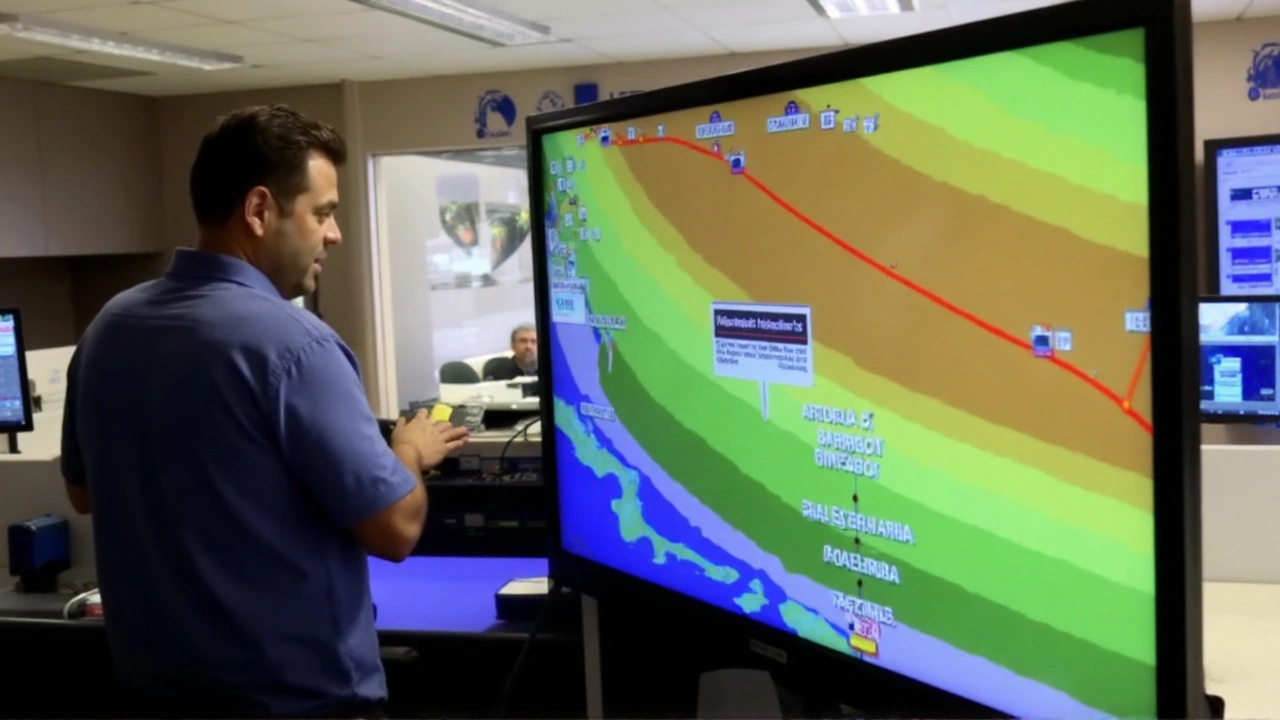Flooding and Formula 1: What Happens When Heavy Rain Hits the Track?
When a storm rolls over a Grand Prix circuit, it’s not just a splash of water – it can change the whole weekend. Flooding forces race control to rethink start times, teams to tweak car set‑ups, and drivers to adapt their style. In this guide we break down the real impact of heavy rain on Formula 1 and give you the practical details you need to understand why a race can be delayed, shortened, or even cancelled.
What Happens When Flooding Hits a Grand Prix?
First, the officials check the track surface. If water pools in corners or the runoff areas, the risk of a car sliding off increases dramatically. Safety cars, virtual safety cars, or full‑race stoppages are used to keep the pack under control. In extreme cases – like the 2022 Singapore rain‑out – the race can be called off entirely.
Second, the schedule gets shuffled. Practice sessions may be moved to a later time or run in the wet, which means teams collect data on grip levels they normally wouldn’t see. Qualifying can be pushed back, and sometimes Saturday’s sprint is cancelled to give everyone a safe window on Sunday.
Third, the points system can shift. If a race is stopped before 75% distance, drivers only receive half points. That rule has decided championships before, so every drop of rain can have big consequences for the title race.
Preparing for Wet Conditions: Teams and Drivers
Teams have a specific wet‑weather kit ready to go. They swap to softer, more flexible tyre compounds designed to push water out from the contact patch. The front wing angle is usually increased to generate extra downforce, and brake balance is tweaked to avoid lock‑ups on the slick surface.
Drivers also change their approach. Brake earlier, throttle more gently, and look for the clean, dry line that often migrates to the middle of the track as runoff water builds up. Many drivers talk about “finding the groove” in the rain – it’s a mix of feel and experience that can make the difference between a podium and a spin.
Fans get an extra thrill too. Wet races tend to be unpredictable, with overtakes happening in places you wouldn’t see in the dry. If you’re watching live, keep an eye on the live timing screen – it will show when the safety car is deployed and how long the red‑flag periods last.
In short, flooding is more than a weather inconvenience for Formula 1. It reshapes the entire weekend, from car setup to championship points. Knowing how the sport reacts to heavy rain helps you appreciate the skill of the teams and the bravery of the drivers when the track turns into a giant water bowl.

Hurricane Erin Spaghetti Models Reveal Path and Threats to U.S. East Coast
Hurricane Erin, now a powerful Category 4 hurricane with winds of 130 mph, threatens the U.S. East Coast despite no direct landfall. Tracking northwest, the storm brings dangerous surf, strong winds, and coastal flooding. Meteorologists warn residents from North Carolina's Outer Banks to keep alert as evacuation orders have been issued in some areas.
View more